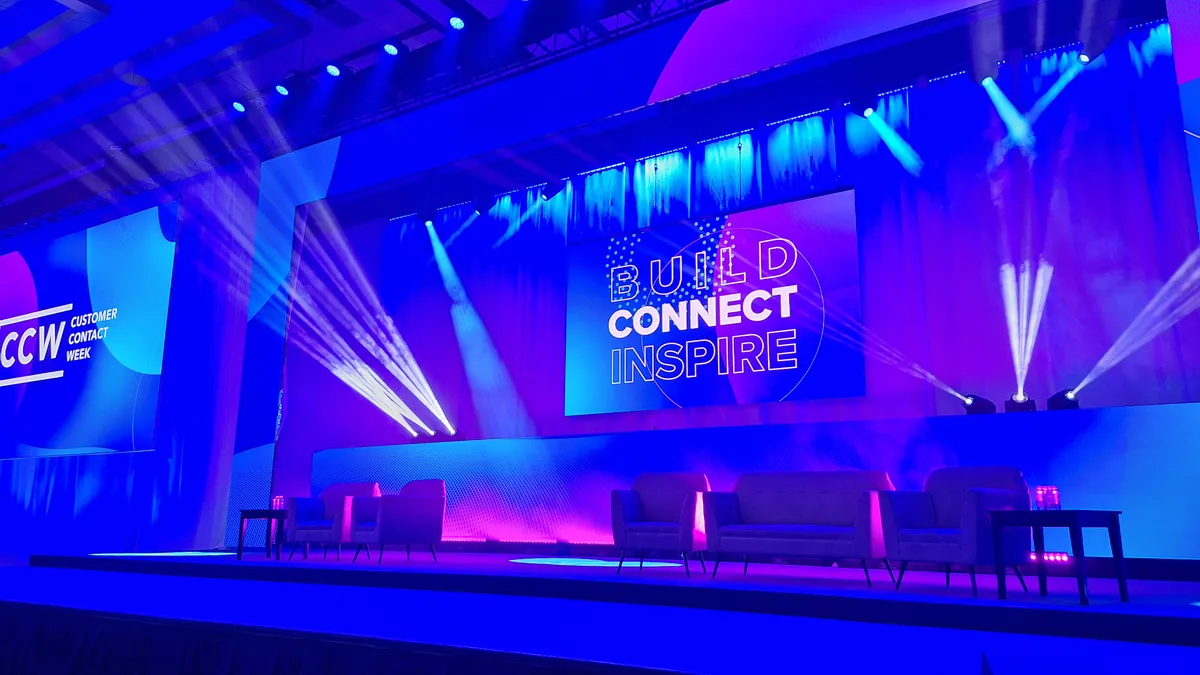Generative AI is still in its infancy, and often lacks established blueprints for business adoption. Many CX leaders, alongside technology executives, are still exploring how they can tap into AI’s potential without creating a bloated tech stack.
A successful generative AI rollout involves a combination of careful planning, patience and flexibility, business leaders said during Customer Contact Week 2024 in Las Vegas last week.
Cross-departmental coordination is essential when implementing generative AI, according to Lori Bradshaw, director of guest CARE at Alaska Airlines. Leaders across the company need to share reasonable expectations — AI is a powerful tool, but it isn’t foolproof.
"I think some companies have a misperception that you can just plug in AI, flip a switch and watch it work,” Bradshaw said. “It takes coordination and calibration and a clear, thoughtful rolling out of these capabilities.”
Leaders should implement generative AI in a controlled, efficient manner, according to Enda Murphy, chief technology officer at US Radiology Specialists. One approach is to examine which CX use cases are truly improved when automated by generative AI.
Many customer service calls are too complicated for automation, but others are simple enough to save time for agents and customers. US Radiology Specialists uses AI for giving out directions to imaging centers or scheduling appointments, but not for conversations involving sensitive medical information.
“It's about using the right tools in the right place for the right part of the workflow, and it really depends on exactly what you're trying to achieve,” Murphy said.
Flexibility is paramount with generative AI plans, according to Murphy. Approaches that work well today may become outdated next year, making platforms that can quickly and easily swap out algorithms particularly valuable.
Generative AI trailblazers may run into unexpected problems as they integrate the technology into their workflows. However, any problems that surface can be an opportunity to assess lessons learned and build trust with customers and employees through transparency.
"For any company that makes a mistake in implementing new technology: Own what happened and talk through how you’re going to resolve it moving forward,” Bradshaw said. “It's super important to be clear with your people."













